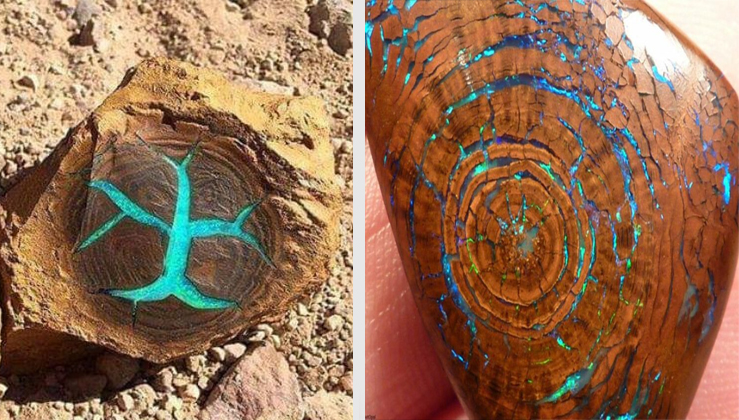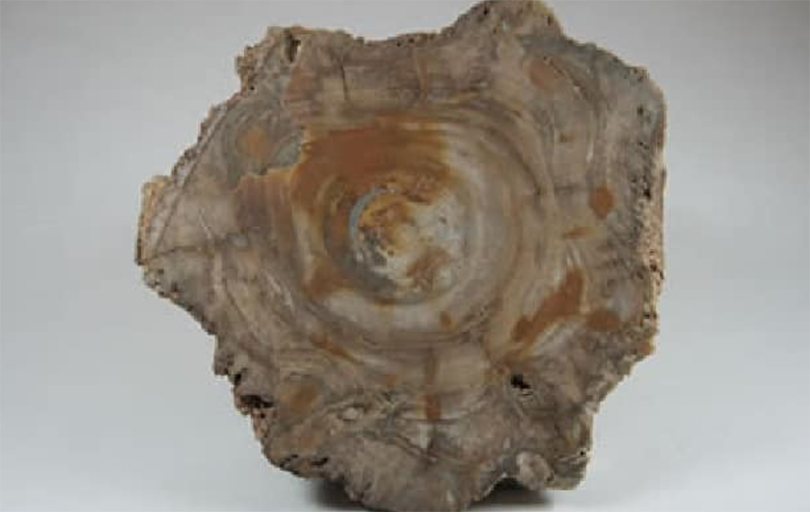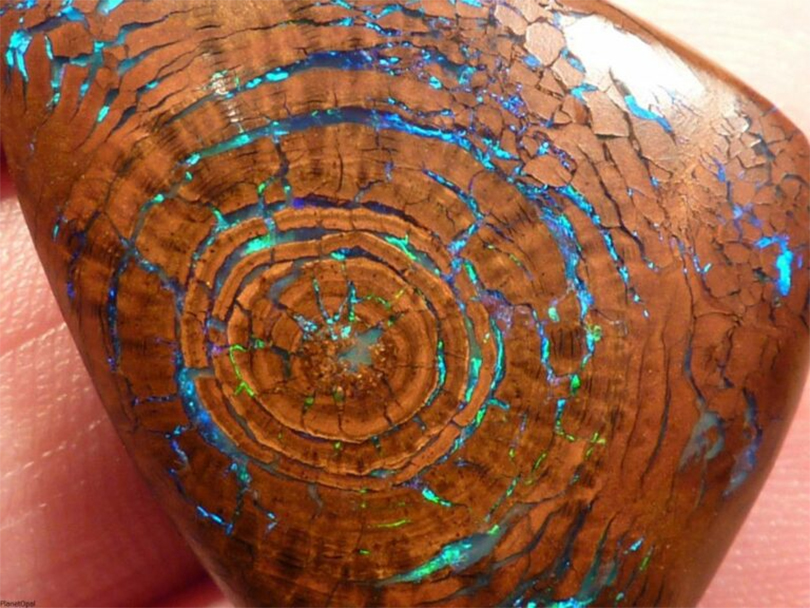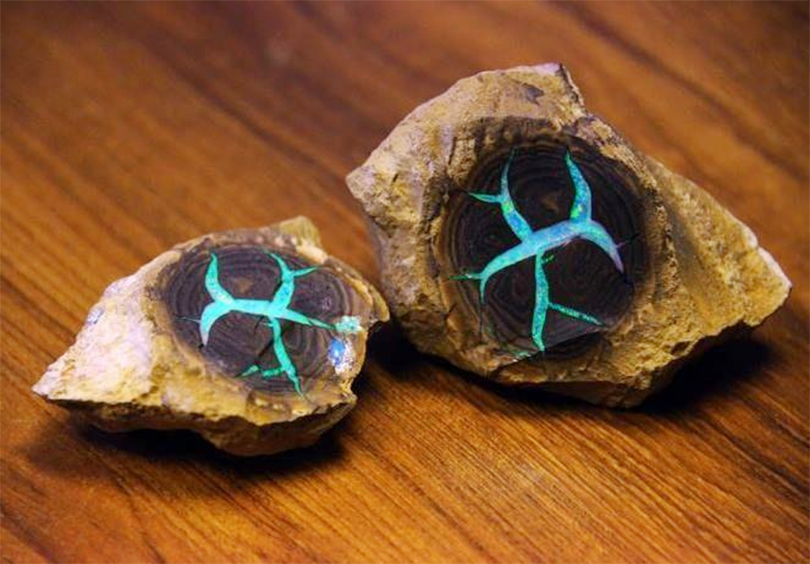Mother Nature never ceases to amaze. Sometimes, out of the blue, we get to hear things that we never even thought would exist and there is no doubt that these things are the reason why we are intrigued by nature and its mystery. Some people devote their entire life, entire fortune and time to explore these hidden gems and thanks to technology and its advancement, we are privileged enough to witness some of these discoveries.
1 / 5
A piece of petrified wood containing a rare turquoise opal was recently discovered in Australia. The Reddit-user adymma90 recently came across a piece of petrified wood in Queensland, Australia, but it wasn’t just a regular piece. The inside of it contained a beautiful structure of rare turquoise opal that has completely mesmerized the internet. With the photo going viral on social media and amassing almost a hundred thousand upvotes on Reddit, people are clearly stunned by the absolute beauty of this opal structure.
2 / 5
The opal inside this piece of petrified wood is basically the mineral concentration of it, although opal can also form elsewhere. For example, archeologists have already found numerous shells and bones that were completely opalized, and the result is basically just as mind-blowing as the picture in question. The way the mineral looks inside this piece of wood can almost be described as magical. It might even make you wonder how opal is formed in the first place. These opals often form the basis for organic gemstones, and you’ll often find them reworked somehow into beautiful jewelry such as opal rings and necklaces.
3 / 5
Is it natural or artificial? The forming of opal is a completely natural, yet lengthy process. The substance itself is actually a solution of water and silicon dioxide. That silica is transported and picked up from sandstone via the water, which then carries it into all sorts of voids and cracks. These cracks are often decomposing fossils, or sometimes just natural faults. The water that carries these silica elements eventually evaporates, and leaves all the silica behind. In this case, wood can start a petrifaction process underneath the ground.
4 / 5
How did it get this shape and color? According to Geology.com, volcanic ashfall is the ideal environment for opal and petrified wood to form. “One of the most common and best geologic environments for the formation of petrified wood is a forest buried by a volcanic ashfall. In this situation the ash buries the plants and protects them from decay and insect attack. The ash also serves as an abundant source of easily dissolved silica, which will be carried into the wood by moving groundwater where it precipitates in cavities and replaces the solid woody materials,” the website writes. This pure form of opal is absolutely beautiful and is a popular and expensive mineral that is often used in jewelry and works of art. The word ‘opal’ actually derives from the Greek word “Opallios”, which loosely translates to “perceiving a change of color.” When you shine light on an opal, it has the tendency to change color, making the whole thing even more spectacular.
5 / 5
In certain areas in Australia, opal is a lot less rare than in the rest of the world. In particular, you’ll find a lot of Boulder Opal pieces, which are sometimes referred to as “Rainbow Tree” stones because of their color-changing abilities. It’s not hard to see why specialized mines were built in the late 19th century to get as much opal as possible. In any case, this particular piece of petrified wood opal has both mesmerized the internet with its beauty, as well as perplexed people on how something as beautiful as this can form completely naturally. “I’m a full-grown man in the 21st century and I couldn’t even begin to explain this,” one person joked. “The shape of the Opal also looks like a tree. Neat!” “Yeah that’s some sh** that would literally inspire religious followers in ancient times. No wonder people thought magic and fairies and sh** were real. How would an ancient human even begin to explain this lol” another added.




